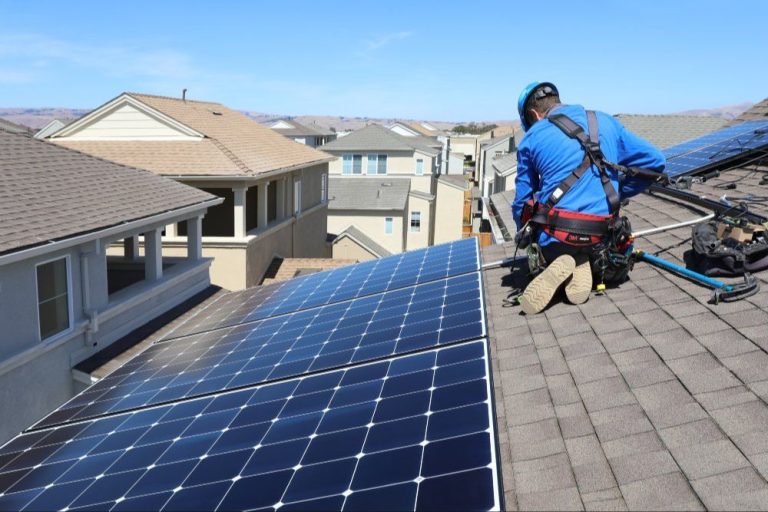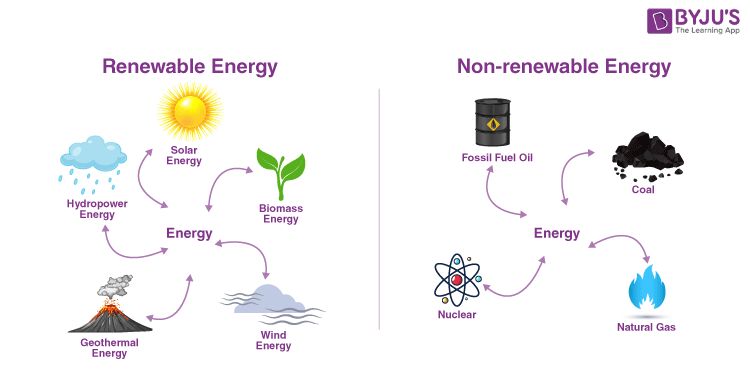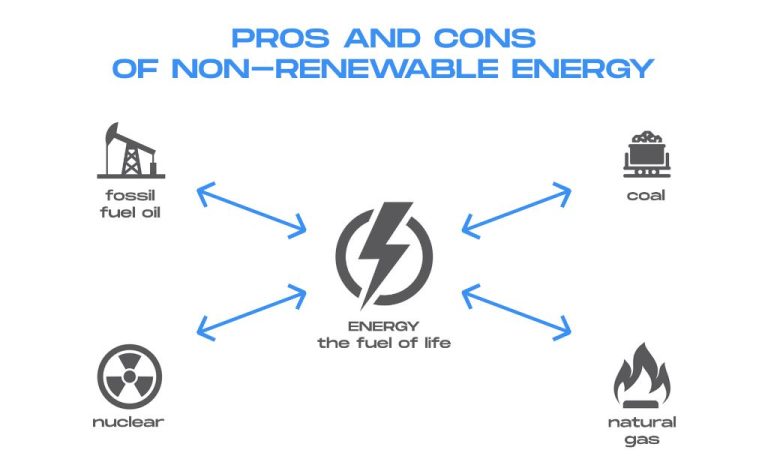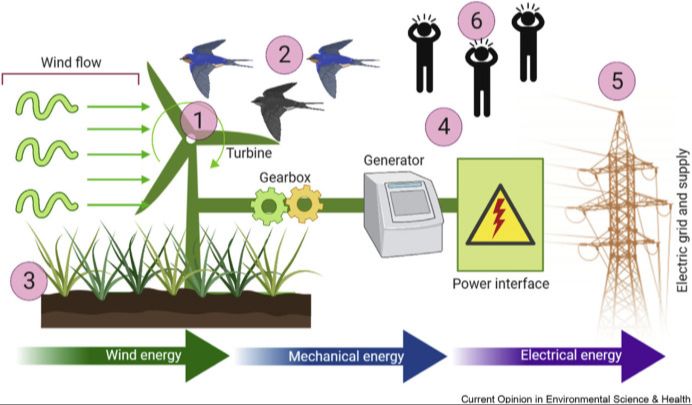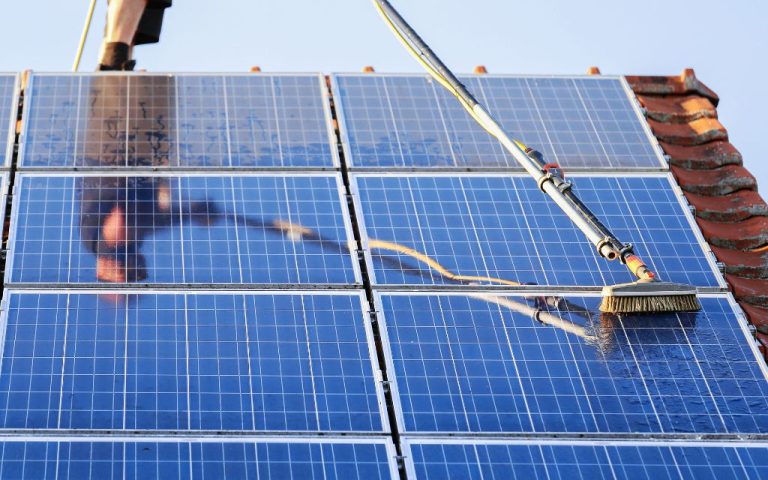Is Alternative Energy Definition Geography
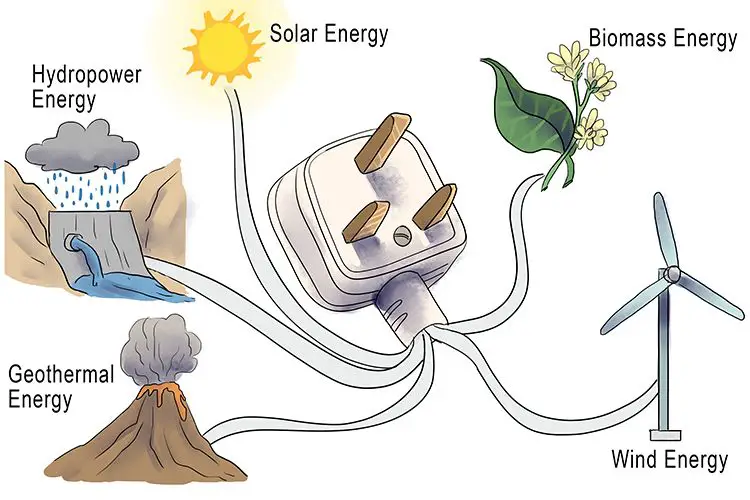
Alternative energy refers to any energy source that is renewable, sustainable and environmentally friendly. Unlike fossil fuels such as coal, oil and natural gas that are finite resources, alternative energy comes from natural sources that are constantly replenished. The most common types of alternative energy include solar, wind, geothermal, biomass and hydropower
There has been growing interest and development in alternative energy in recent years. This is driven by concerns about the environmental impacts of burning fossil fuels, which contributes significantly to climate change, as well as worries about the long-term sustainability of finite resources like oil and coal. Alternative energy provides a clean and renewable way to meet society’s energy needs while reducing greenhouse gas emissions. Many governments now have policies and incentives to encourage greater adoption of alternative energy.
Types of Alternative Energy
There are several major types of alternative energy that are in use or being developed today. Some of the most common types of alternative energy include:
Solar Energy
Solar energy comes directly from the sun and is captured and converted in a few different ways. Solar panels (also called photovoltaic or PV panels) absorb sunlight and convert it into electricity. Concentrated solar power systems use mirrors to focus sunlight that heats up a liquid that is used to spin a turbine to generate electricity (https://www.edfenergy.com/energywise/renewable-energy-sources). Solar energy is one of the fastest growing alternative energy sources.
Wind Energy
Wind turbines capture the kinetic energy of wind and convert it into mechanical power or electricity. Wind farms consist of many wind turbines and generate power for utilities. Wind power is considered a clean and renewable energy source (https://www.inspirecleanenergy.com/blog/clean-energy-101/6-alternative-energy-sources).
Geothermal Energy
Geothermal energy taps into the natural heat inside the earth to provide heat or generate electricity. Geothermal power plants drill wells into reservoirs of hot water found deep underground and use the steam to power electric generators (https://www.greenmatch.co.uk/blog/alternative-energy-sources).
Biomass Energy
Biomass energy uses organic materials like wood waste, agricultural crops and waste, and garbage as fuel sources. The carbon released from burning biomass comes from the atmospheric carbon absorbed as the plants grew, so biomass can be considered a low carbon renewable energy (https://www.inspirecleanenergy.com/blog/clean-energy-101/6-alternative-energy-sources).
Hydropower
Hydropower harnesses the movement of water to generate electricity at hydroelectric dams. The force of falling water spins a turbine connected to a generator (https://www.greenmatch.co.uk/blog/alternative-energy-sources). Hydropower provides the majority of renewable energy in the U.S.
Solar Energy
Solar energy uses the power of the sun to generate electricity and provide heat. There are two main types of solar energy technologies: solar photovoltaics (PV) and solar thermal.
Solar PV systems use solar cells made of semiconducting materials like silicon to convert sunlight directly into electricity. Arrays of solar PV panels are used to absorb light and generate DC current, which is then converted into AC current for use in homes, businesses, and the utility grid. According to Wikipedia, Australia has enough solar PV capacity to supply over 15% of the nation’s electricity. Some other major solar PV countries include Germany, Italy, and Spain.
Solar thermal technologies use mirrors or lenses to concentrate heat from the sun to drive traditional steam turbines or engines that create electricity. They can also be used to heat water for residential and commercial use. According to Ornate Solar, the USA has the second most solar power capacity globally, with over 140 GW as of 2022.
Due to abundant sunlight and supportive policies, countries like Australia, Germany, Japan, and the USA have emerged as major adopters of solar energy. As costs continue to fall, solar is expected to play an increasing role in the global transition to renewable energy.
Wind Energy
Wind energy is one of the fastest-growing renewable energy sources in the world. Wind turbines harness the power of wind to generate electricity. Wind turbines usually consist of three blades that rotate around a horizontal hub. The kinetic energy from the rotating blades turns a shaft connected to a generator to produce electricity. Wind turbines can be built on land (onshore wind) or offshore in bodies of water like oceans and lakes. Wikipedia notes that China leads the world in wind energy capacity with over 762 gigawatts, followed by the United States with 434 gigawatts and Germany with 125 gigawatts as of 2021.
According to the World Population Review, China generated 282,112.7 megawatts of wind power in 2021, making it the top wind energy producing country in the world. Other major producers are the United States, Germany, India, Spain, the United Kingdom, France, Brazil, Canada, Sweden, and Italy. Offshore wind farms are becoming increasingly common as technology improves. The Global Wind Energy Council reports offshore wind accounted for just over 5% of total installed wind power capacity in 2020. As wind turbine technology continues advancing and more countries invest in wind projects, global wind energy capacity is expected to grow substantially in the coming decades.
Geothermal Energy
Geothermal energy is generated from heat stored within the Earth. The high temperatures found deep beneath the surface are a result of heat produced during the formation of the planet, the ongoing decay of radioactive elements, and continued heat loss from the Earth’s core. Wells can be drilled into underground reservoirs to utilize this geothermal energy for electricity generation and direct use applications.
Geothermal energy resources are available worldwide. According to ThinkGeoEnergy, the top geothermal power generation countries in 2022 were the United States with 3,794 MW, Indonesia with 2,356 MW, Philippines with 1,916 MW, Turkey with 1,500 MW, and New Zealand with 1,005 MW [1]. The countries with the most substantial increase in geothermal power generation capacity in 2022 were Kenya, Indonesia, and the United States [1].
To generate electricity from geothermal energy, wells are drilled into geothermal reservoirs to provide a steady stream of hot water and/or steam. The geothermal fluid is piped up through production wells to power plant facilities on the surface. The high temperature and pressure of the geothermal fluid turns turbines which activate generators and produce electricity. Cooled geothermal fluid can then be returned back into the reservoir through injection wells.
Biomass Energy
Biomass energy utilizes organic matter such as plants, agricultural waste, and forestry residue as fuel sources. It is considered a renewable energy because the organic materials can be replenished on an ongoing basis. The most common types of biomass energy include:
- Biofuels made from crops: Corn, soybeans, rapeseed and palm oil are commonly used for biofuels like biodiesel and ethanol fuel. Brazil and the United States lead global biofuels production, with sugar cane and corn as the main feedstocks respectively (Source).
- Agricultural residues: Straw, husks, and other byproducts from farming are burned or processed into fuel pellets.
- Forestry materials: These include wood, logging residue and waste, and processed fuels like wood pellets.
- Biogas from organic waste: Methane gas produced from landfills, sewage and animal manure can be captured and used as biogas.
According to the International Energy Agency, the countries with the most biomass energy capacity in 2022 were China, Brazil, Germany, Sweden, and the United Kingdom (Source). Northern European countries like Sweden and Finland have successfully adopted biomass for heat and power generation. China and Brazil dominate in total biopower capacity but rely more on solid biomass from agricultural and forestry residue (Source).
Hydropower
Hydropower is generated from flowing water, typically from dams on rivers. The force of the moving water spins large turbines in hydroelectric dams, which then generate electricity. Hydropower is considered a renewable energy source since it relies on the water cycle and gravitational force.
China leads the world in hydropower capacity, with over 414 gigawatts as of 2022 (Statista). The United States, Brazil, Canada, and Russia round out the top 5 countries for hydropower capacity. Some of the largest hydropower projects in the world include China’s Three Gorges Dam, Brazil’s Itaipu Dam, and Canada’s Churchill Falls.
While hydropower is a renewable energy source, large hydroelectric dams can impact the surrounding environment. Dams flood large areas of land and disrupt river ecosystems. However, hydropower produces no direct waste and emits much lower greenhouse gas emissions compared to fossil fuels. With the impacts carefully managed, hydropower provides a clean energy source that can complement other renewables like solar and wind.
Other Types
There are some other emerging and innovative types of alternative energy sources that show promise for the future. Some of these include:
Wave and Tidal Energy: Wave and tidal energy capture the energy of ocean waves and tides. Technologies like wave energy converters, tidal turbines, and tidal barrages can harness this energy and turn it into electricity. Locations with strong waves or tides are ideal sites. This form of energy has potential but infrastructure costs can be high.
Hydrogen Energy: Hydrogen can be used as a clean fuel for transportation, electricity generation, and more. Most hydrogen today is produced from natural gas, but renewable hydrogen production from water electrolysis using renewable electricity offers a sustainable pathway. Fuel cells, hydrogen turbines, and more can leverage hydrogen energy.
New and emerging technologies: Researchers are exploring new ways to capture renewable energy, such as using solar windows, kinetic sidewalks, offshore wind turbines, and more. Innovation will continue to unlock new renewable energy solutions. For example, advances in solar photovoltaics, batteries, electric vehicles, and hydrogen are accelerating the transition to clean energy.
Environmental Impact
The environmental impact of alternative energy sources varies greatly depending on the specific technology used. However, most alternative energy sources are widely considered to be more environmentally friendly than traditional fossil fuels like coal, oil and natural gas.
In terms of carbon emissions, renewable energy sources like solar, wind, hydropower and geothermal produce little to no greenhouse gases. Biomass does produce emissions when burned, but the carbon released is recaptured when new biomass grows to replace it. Overall, transitioning to renewable energy is considered crucial for reducing global carbon emissions and mitigating climate change (Source 1).
The land use footprint of renewables also depends on the technology. Solar and wind farms do require large land areas, which can disrupt ecosystems and wildlife. However, the physical footprint of geothermal, hydropower and rooftop solar is relatively small. Overall, researchers have found renewable energy utilizes far less land than fossil fuels when accounting for the entire lifecycle from extraction to combustion (Source 2).
When it comes to sustainability, renewable resources are practically unlimited. The sun provides continuous solar energy, the wind always blows, and rivers flow steadily. Biomass can be grown sustainably in rotations as well. Whereas fossil fuels exist in finite quantities and take millions of years to form, so they cannot be renewed at the rate they are currently consumed.
Future of Alternative Energy
The future looks bright for alternative energy sources like solar and wind power. According to the International Energy Agency (IEA), renewables are set to contribute 80% of new power generation capacity by 2030 based on current policy settings, with solar alone accounting for 60% of that growth (IEA). China is predicted to continue leading the way in renewable energy investment and capacity additions, further driving down costs.
Offshore wind energy is also set for huge growth, with global offshore wind capacity projected to increase by over 600% by 2030 (NESF). Other projections estimate solar capacity will increase 57% and onshore wind capacity will grow 33% by 2024 (Earth.org).
However, scaling up renewables faces challenges like the need for storage technology advancements and grid flexibility. The intermittent nature of wind and solar power also requires strategies to balance supply and demand. But renewable energy will play a crucial role in reducing greenhouse gas emissions and fighting climate change in the coming decades.

